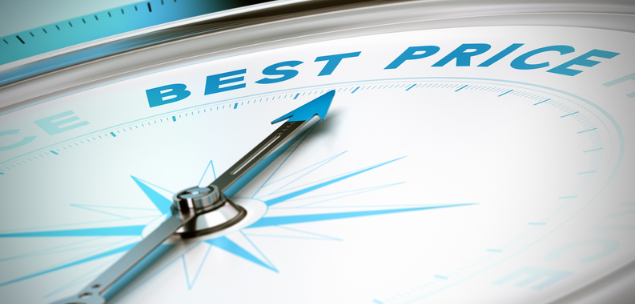The price that you set for your products and services is one of the most crucial decisions you have to make in a business. Pricing requires thought and an understanding of your customers or clients, the market, the environment and your competitors.
Here are four pricing mistakes you need to avoid:
One: The first mistake entrepreneurs and new businesses make is they often give too little thought to this highly complex matter and the consequences can be dire. Set your prices too low and you are leaving money on the table. Set your prices too high and nobody will buy your product or service. The right price is the maximum the customer or client is willing to pay.
Two: Pricing should be about value – real or perceived. Before setting a price for a product or service, you need to understand what the price indicates to your target customer or client.
Price can indicate quality or value and, subject to having no other information, we look to price first to shed light on the quality. Therefore, products and services that are more expensive are perceived to be better quality, and products and services priced lower are perceived to be of lower quality.
Businesses use price to communicate something about their product or service. They may lower the price to communicate value for money, or raise the price to communicate quality or prestige. Of course, neither of these may be true, but it is a message that the business is trying to communicate.
Pricing also needs to be consistent with the other brand elements. For example, if you are trying to price for exclusivity then the marketing, packaging, sales pitch, etc., need to also reflect the exclusivity of the brand.
Look at your own behaviour.
Did you buy a coffee today? How much did you pay for it and why? Do you pay more for a coffee to have at the café than you do for a takeaway in a disposable cup? Do you pay more at a boutique café than at a fast food outlet? Did your coffee also come with a biscotto and a cube of raw sugar? The price charged communicates the perceived quality or value to the target customer.
Three: The third mistake is a focus is on how people think and not on how people feel. Connecting with customers or clients will bypass objections and resistance and let you focus on the relationship. It stops you having to justify your price and what you are worth and allows you to sell to people. You can price higher and you will sell more if you engage with your customers and form a relationship with them even if the product may be inferior.
I buy a coffee at the same café each day. The staff at the café and I are on first name basis now and they know exactly how I like my coffee. When they are really busy and I waltz in for my coffee they just make it, we exchange the coffee for the payment, and I skip the long queue and I’m on my way. The café across the laneway has recently started selling coffees in the morning rush for half of what I pay at my café. Why don’t I move to the cheaper café? Because we have moved past price in our customer/vendor relationship and my café have built a relationship with me and are selling to a person.
How you communicate with customers and clients also affects the pricing. The setting, atmosphere and your ability to pay attention to the details communicates to the customer or clients and sets their expectations.
Four: Thinking that customers and clients are rational! Keep in mind pricing needs to reflect people’s behaviours. Why do people buy bottled water to drink at home? The water out of the tap is treated and a lot of fridges nowadays have filters and water dispensers. Add to that the environmental cost of transporting the bottled water, and the disposing or recycling costs of the empty bottle it would seem a ‘no-brainer’ to drink the water out of the tap. The reasons people pay for bottled water are not rational so the pricing reflects a premium for people’s behaviour.
There is a general lack of understanding of the psychology of pricing by most small business owners, and more often than not, pricing is almost automatic. By thinking about these pricing mistakes you’re already on your way to knowing what the right price is and being able to maximise the price which the customer or client is willing to pay for your goods or services.
About the author
Stephen Barnes is the principal of management consultancy Byronvale Advisors. He has over 20 years advising clients across a range of industries, from new business startups to publicly listed companies. He prides himself on quickly understanding the client’s business and issues and synthesising problems to develop pragmatic solutions. He is also the author of ‘Run Your Business Better – Essential Information Every Business Owner Should Know and Use’.

